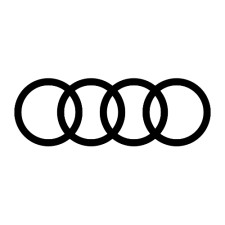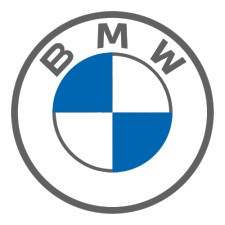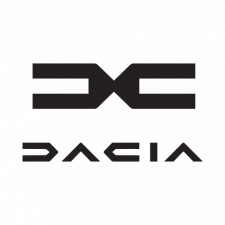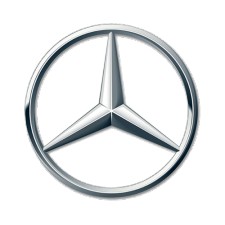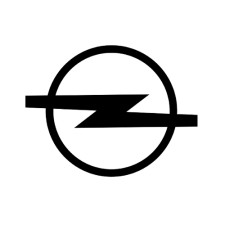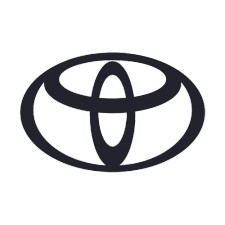Que signifie votre code Code Défaut AUDI ?
Grace au système OBD, les
Audi
fabriqués après 1996 sont normalement équipés d'une prise diagnostique OBD.
Si l'ordinateur de la voiture rencontre un problème,un code d'erreur ou un code de diagnostic (DTC)
sera stocké dans la mémoire de l'ECU de la voiture.
Avec un lecteur OBD branché sur le port OBD (On-Board Diagnostics) de la voiture, vous pouvez lire la liste des codes stockés, et donc découvrir quel est le problème.
Les codes suivent une formule permettant de savoir généralement quel est le problème avant même de regarder le tableau ci-dessous.
Nous vous présentons ci-dessus une liste très complète des différents codes défauts possibles.
Si le code défaut de votre auto s'affiche au tableau de bord, vous n'aurez peut-être même pas besoin d'un lecteur OBD . il sera dans la liste .
Réparer le code défaut de votre auto, c'est potentiellement simple à faire avec vos revues et méthodes techniques.

Réparer le code défaut de votre auto, c’est potentiellement simple à faire avec nos revues et méthodes techniques
| Code | Libellé |
|---|---|
| P1286 | Fuel injector air control valve circuit high |
| P1287 | Turbocharger bypass solenoid circuit/open |
| P1288 | Turbocharger bypass solenoid circuit high |
| P1289 | Turbocharger bypass solenoid circuit low |
| P1290 | Coolant temperature sensor 2 circuit high |
| P1291 | Coolant temperature sensor 2 circuit low |
| P1292 | Thermostat heating control circuit/open |
| P1293 | Thermostat heating control circuit high |
| P1294 | Thermostat heating control circuit low |
| P1295 | Turbocharger bypass solenoid, mechanical fault |
| P1296 | Cooling system performance |
| P1297 | Turbocharger/supercharger underboost |
| P1298 | Coolant temperature sensor 2 circuit high |
| P1299 | Fuel metering solenoid |
| P129F | Fuel pump pressure too high |
| P1300 | Random/multiple cylinder misfire detected |
| P1301 | Cylinder 9 above knock threshold |
| P1302 | Cylinder 10 above knock threshold |
| P1303 | Cylinder 11 above knock threshold |
| P1304 | Cylinder 12 above knock threshold |
| P1305 | Ignition coil 9 primary/secondary circuit/open |
| P1306 | Ignition coil 9 primary control circuit high |
| P1307 | Ignition coil 9 primary control circuit low |
| P1308 | Ignition coil 10 primary/secondary circuit/open |
| P1309 | Ignition coil 10 primary control circuit high |
| P1310 | Ignition coil 10 primary control circuit low |
| P1311 | Ignition coil 11 primary/secondary circuit/open |
| P1312 | Ignition coil 11 primary control circuit high |
| P1313 | Ignition coil 11 primary control circuit low |
| P1314 | Ignition coil 12 primary/secondary circuit/open |
| P1315 | Ignition coil 12 primary control circuit high |
| P1316 | Ignition coil 12 primary control circuit low |
| P1317 | Cylinder 13 above knock threshold |
| P1318 | Cylinder 14 above knock threshold |
| P1319 | Knock sensor 1 circuit low |
| P1320 | Knock sensor 2 circuit low |
| P1321 | Knock sensor 3 circuit low |
| P1322 | Knock sensor 3 circuit high |
| P1323 | Knock sensor 4 circuit low |
| P1324 | Knock sensor 4 circuit high |
| P1325 | Cylinder 1 above knock threshold |
| P1326 | Cylinder 2 above knock threshold |
| P1327 | Cylinder 3 above knock threshold |
| P1328 | Cylinder 4 above knock threshold |
| P1329 | Cylinder 5 above knock threshold |
| P1330 | Cylinder 6 above knock threshold |
| P1331 | Cylinder 7 above knock threshold |
| P1332 | Cylinder 8 above knock threshold |
| P1333 | Cylinder 15 above knock threshold |
| P1334 | Cylinder 16 above knock threshold |
| P1335 | Engine torque monitoring system, control limit exceeded |
| P1336 | Torque monitoring adaptation at limit |
| P1337 | Exhaust camshaft position sensor 1 circuit low |
| P1337 | Inlet camshaft position sensor 1 circuit low |
| P1338 | Exhaust camshaft position sensor 1 circuit high |
| P1338 | Inlet camshaft position sensor 1 circuit high |
| P1339 | Crankshaft position sensor/engine speed sensor input circuit range/performance fault |
| P1340 | Crankshaft position correlation with inlet camshaft position (bank 1) |
| P1341 | Ignition coil 1 primary control circuit low |
| P1342 | Ignition coil 1 primary control circuit high |
| P1343 | Ignition coil 2 primary control circuit low |
| P1344 | Ignition coil 2 primary control circuit high |
| P1345 | Ignition coil 3 primary control circuit low |
| P1346 | Ignition coil 3 primary control circuit high |
| P1347 | Crankshaft position correlation with exhaust camshaft position (bank 2) |
| P1348 | Ignition module primary control circuit 1 |
| P1349 | Ignition module primary control circuit 2 |
| P1350 | Ignition module primary control circuit 3 |
| P1351 | Exhaust camshaft position sensor 1 circuit range/performance |
| P1351 | Inlet camshaft position sensor 1 circuit range/performance |
| P1352 | Exhaust camshaft position slow response (bank 1) |
| P1352 | Inlet camshaft position slow response (bank 1) |
| P1354 | Fuel regulator sensor circuit/open |
| P1355 | Ignition coil 1 primary/secondary circuit/open |
| P1356 | Ignition coil 1 primary control circuit high |
| P1357 | Ignition coil 1 primary control circuit low |
| P1358 | Ignition coil 2 primary/secondary circuit/open |
| P1359 | Ignition coil 2 primary control circuit high |
| P1360 | Ignition coil 2 primary control circuit low |
| P1361 | Ignition coil 3 primary/secondary circuit/open |
| P1362 | Ignition coil 3 primary control circuit high |
| P1363 | Ignition coil 3 primary control circuit low |
| P1364 | Ignition coil 4 primary/secondary circuit/open |
| P1365 | Ignition coil 4 primary control circuit high |
| P1366 | Ignition coil 4 primary control circuit low |
| P1367 | Ignition coil 5 primary/secondary circuit/open |
| P1368 | Ignition coil 5 primary control circuit high |
| P1369 | Ignition coil 5 primary control circuit low |
| P1370 | Ignition coil 6 primary/secondary circuit/open |
| P1371 | Ignition coil 6 primary control circuit high |
| P1372 | Ignition coil 6 primary control circuit low |
| P1373 | Ignition coil 7 primary/secondary circuit/open |
| P1374 | Ignition coil 7 primary control circuit high |
| P1375 | Ignition coil 7 primary control circuit low |
| P1376 | Ignition coil 8 primary/secondary circuit/open |
| P1377 | Ignition coil 8 primary control circuit high |
| P1378 | Ignition coil 8 primary control circuit low |
| P1379 | Cylinder 13 misfire detected |
| P1380 | Cylinder 14 misfire detected |
| P1381 | Cylinder 15 misfire detected |
DEFINISSEZ VOTRE MARQUE POUR ACCEDER A VOS CODES DEFAUTS
-
Revue technique RTA

Revue Technique Automobile
La revue technique de référence depuis 1946. La RTA est une revue papier pour tous publics, qui vous permet d'effectuer les petites et les grosses réparations
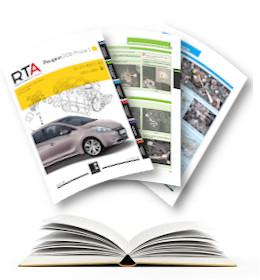 Voir le descriptif
Voir le descriptif
-
Entretien courant MTA

Méthode Technique Automobile
La MTA est issue de nos outils destinés aux pros de l'auto. Ces méthodes en ligne permettent d'effectuer les opérations de maintenances de votre auto (filtres, courroies, etc.)
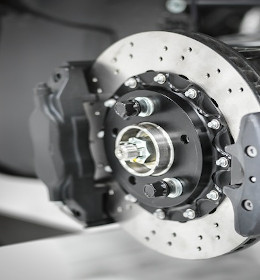 Voir le descriptif
Voir le descriptif
-
Toutes réparations MTAx

Méthode Technique Automobile Expert
La MTA expert est un outil en ligne destiné aux experts en mécanique et en carrosserie, pour effectuer tous types de réparations sur une voiture.
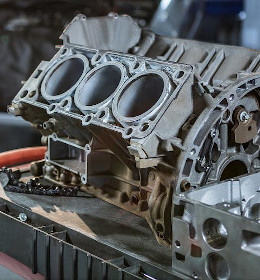 Voir le descriptif
Voir le descriptif




